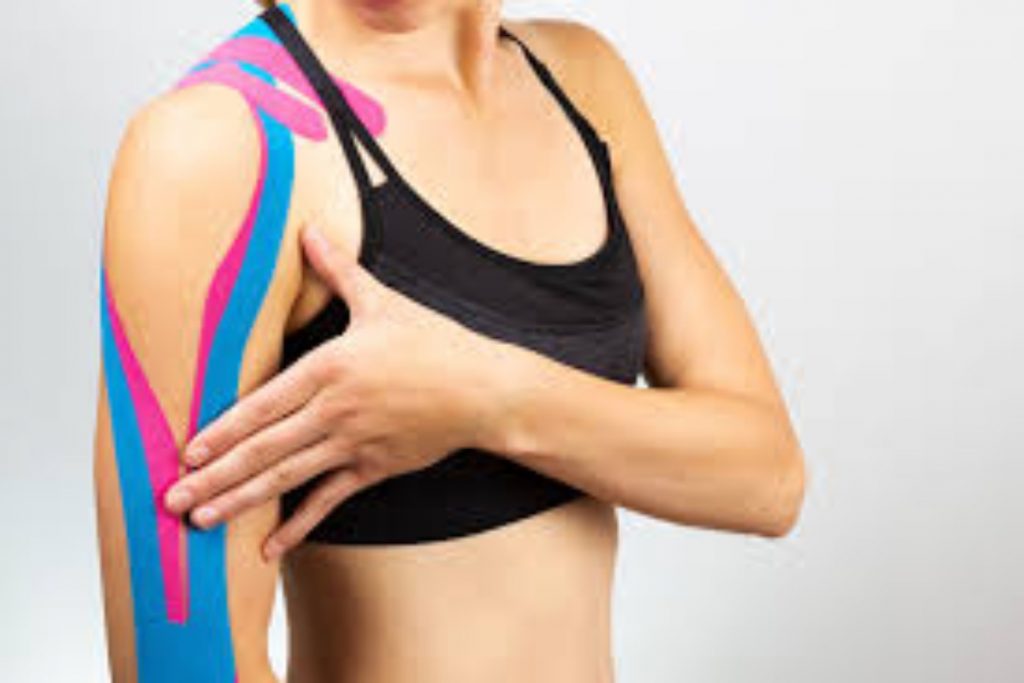Kinesiology Tape Overview
The Kinesiology Tape is a thin elastic cotton bandage that has the peculiarity of being able to pull up to 130-140% of its original length. It has a thin layer of medical glue that adheres to the skin and allows it to breathe.
They reduce pain and inflammation of the muscles, relax them excessively, improve blood circulation, stabilize the joints and support the forces in their movement throughout the day. The general practitioner developed these bands in the mid-1970s as a “method to aid the body’s recovery.” The tape created by Kase has a quality and elasticity very similar to human skin, so it adapts absolutely to any activity.
Kinesiology tape relieves pain and improves circulation. To know how your bands work, you must first think about how your muscles are injured. When inflamed or contracted, the area compresses, compressing veins, arteries, and lymphatics and causing ache.
These bands are placed correctly, slightly tighten and lift the skin. It improves local circulation and tissue drainage. The tension in the area is compact, and the pain decreases. There are five main physiological effects of Kinesio tape: skin, circulatory/lymphatic, fascia, muscle, and joint. Tape application can reduce pain by relieving pressure on pain receptors and decrease swelling by increasing fluid movement.
Anyone with a basic understanding of anatomy can easily apply kinesiology tape. You can use the kinesiology tape yourself at home or under the guidance of your physical or athletic therapist.
Kinesiology Tape Application
A physical analyst will show you how to apply the tape according to the pattern/position to solve your specific problem.
1. First clean and dry the area as lotions and oils prevent the tape from sticking
2. Trim excess hair.
3. For most treatments, you will start by tearing off the protective paper from the center.
4. Cut the rounded corners off the ends of each strip. Rounded corners help keep the tape on longer
5. When applying the first tab to anchor the tape, allow the end to retract slightly after removing the backing paper.
6. Keep your fingers on the paper to hold the ribbon.
7. Your therapist can tell you how much stretch to use in the treatment area.
8. While stretching the tape, use your whole thumb on the tape to pull it evenly.
9. After applying the tape, rub it forcefully for several seconds.
Tips to Remove Kinesiology Tape
- Apply oil or lotion to the tape to loosen it.
- Pull it out slowly. Don’t shoot like you’re spying
- After pushing one end of the ribbon, press your skin to separate it from the ribbon.
- Pull the tape against itself instead of away from you. Gently compress the skin while pulling it in the direction of the lash at the end
- Run your fingers over the skin as you go
- When skin is irritated or damaged, do not reapply the tape. Consider talking to your physiotherapist or doctor. KT Tape will remain on for several days at a time. It is recommended not to use it for more than five days. Usually, how long it lasts depends on where the tape is applied.
Kinesiology tape is heat-activated, but it is also waterproof. Therefore, while a hot bath or hot shower will not affect it, the dry heat can change the chemical properties of the tape, making it sticky and difficult to remove.
